Recombinant Human ACO2 protein(Gln28-Gln780), His&GST-tagged
| Cat.No. : | ACO2-2490H |
| Product Overview : | Recombinant Human ACO2 (Q99798) (Gln 28-Gln 780) was expressed in Insect Cells, fused with the N-terminal polyhistidine-tagged GST tag at the N-terminus. |
- Specification
- Gene Information
- Related Products
- Case Study
- Application
- Download
| Species : | Human |
| Source : | Insect Cells |
| Tag : | GST&His |
| Protein Length : | 28-780 a.a. |
| Form : | Lyophilized from sterile 20mM Tris, 500mM NaCl, 10% glycerol, pH 8.0, 0.3mM DTT Normally 5 % - 8 % trehalose, mannitol and 0.01% Tween80 are added as protectants before lyophilization. |
| Molecular Mass : | The recombinant human ACO2/GST chimera consists of 990 amino acids and migrates as an approximately 110 kDa band in SDS-PAGE under reducing conditions as predicted. |
| Endotoxin : | < 1.0 EU per μg of the protein as determined by the LAL method |
| Purity : | > 85 % as determined by SDS-PAGE |
| Storage : | Samples are stable for up to twelve months from date of receipt at -20°C to -80°C. Store it under sterile conditions at -20°C to -80°C. It is recommended that the protein be aliquoted for optimal storage. Avoid repeated freeze-thaw cycles. |
| Reconstitution : | It is recommended that sterile water be added to the vial to prepare a stock solution of 0.2 ug/ul. Centrifuge the vial at 4°C before opening to recover the entire contents. |
| Gene Name | ACO2 aconitase 2, mitochondrial [ Homo sapiens ] |
| Official Symbol | ACO2 |
| Synonyms | ACO2; aconitase 2, mitochondrial; aconitate hydratase, mitochondrial; ACONM; citrate hydro-lyase; ICRD; MGC20605; MGC33908; |
| Gene ID | 50 |
| mRNA Refseq | NM_001098 |
| Protein Refseq | NP_001089 |
| MIM | 100850 |
| UniProt ID | Q99798 |
| ◆ Recombinant Proteins | ||
| ACO2-914H | Recombinant Human ACO2 Protein, MYC/DDK-tagged | +Inquiry |
| Aco2-513M | Recombinant Mouse Aco2 Protein, MYC/DDK-tagged | +Inquiry |
| ACO2-210R | Recombinant Rhesus monkey ACO2 Protein, His-tagged | +Inquiry |
| ACO2-9868Z | Recombinant Zebrafish ACO2 | +Inquiry |
| ACO2-095H | Recombinant Human ACO2 Protein, His-tagged | +Inquiry |
| ◆ Cell & Tissue Lysates | ||
| ACO2-440MCL | Recombinant Mouse ACO2 cell lysate | +Inquiry |
| ACO2-498HCL | Recombinant Human ACO2 cell lysate | +Inquiry |
Case 1: Jiao J, et al. Redox Biol. 2024
This research shows that α-synuclein (α-syn), a protein involved in Parkinson's disease, leads to mitochondrial problems and nerve cell damage, though the exact impact on energy metabolism is still murky. Researchers used mice engineered to express human α-syn, which revealed a steady decline in neurons. Through specific tests, they pinpointed mitochondrial aconitase 2 (ACO2), part of the TCA cycle that turns citric acid into isocitric acid, as a binding partner of α-syn. As the mice got older, α-syn linked up more with ACO2, reducing its activity. By boosting ACO2 levels and adding isocitric acid, they noticed improvements in mitochondrial health and reduced cell toxicity caused by α-syn. Plus, they crafted a peptide to block α-syn and ACO2 interaction, which showed promise in lessening α-syn's harmful effects both in lab tests and live models.
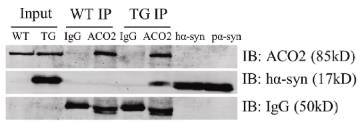
Fig1. Co-IP experiments showing the interaction between hα-syn and ACO2 using ACO2 antibody.
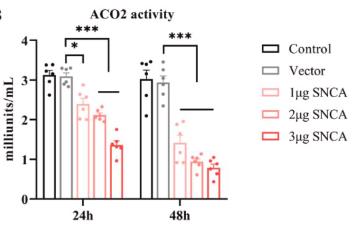
Fig2. ACO2 activity was determined in SH-SY5Y cells.
Case 2: Mansilla S, et al. Free Radic Biol Med. 2023
Mitochondrial aconitase (ACO2) acts like a redox sensor in the TCA cycle because of its sensitive [4Fe-4S]2+ group that can easily turn inactive when oxidized. It's often targeted by oxidants during aging and when mitochondria go haywire. Researchers explored how recombinant human ACO2 interacts with frataxin (FXN), which helps create Fe-S clusters. Here a way was found to produce pure ACO2 and nailed down its behavior with citrate, isocitrate, and cis-aconitate. ACO2 reacts with some radicals and peroxynitrites at specific rates, and its structural stability changes with temperature. They observed how its redox state affects dynamics through simulations. FXN helps reactivate inactive ACO2 by directly interacting, confirmed by various assays. Modeling showed that FXN gets close to the inactive ACO2's cluster, helping it turn back on after oxidative stress.
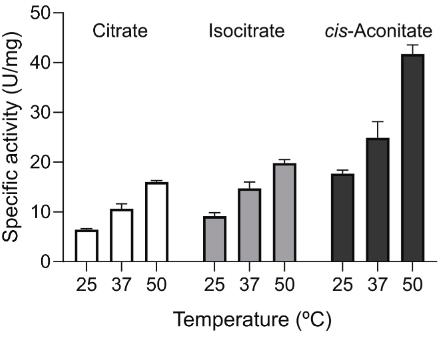
Fig1. The ACO2 activity was measured at different temperatures.
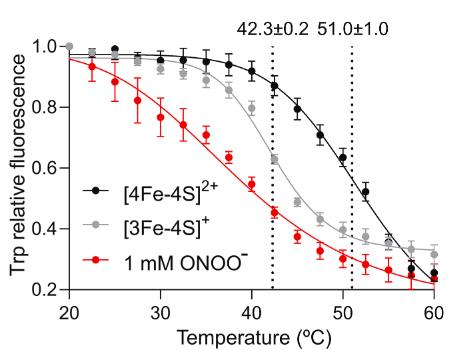
Fig2. Thermal-induced unfolding of ACO2.
The human ACO2 protein, or cis-aconite hydratase, acts like a busy worker inside mitochondria, a cell's power station, converting citric acid to isocitric acid, a critical shift in the citric acid cycle. Beyond this cycle, it also keeps mitochondrial DNA steady and checks the REDOX balance inside cells, underscoring its role in cell metabolism and maintaining balance. Looking into ACO2 is super useful for getting to the bottom of neurodegenerative diseases and finding ways to treat them. Scientists and industry experts find recombinant human ACO2 protein useful in many ways. In labs, it's a go-to tool for digging into how cells burn energy and how mitochondria tick, thanks to its key role in the tricarboxylic acid cycle. In factories, it helps fine-tune fermentation processes and boost biological production. Plus, given ACO2's link to some diseases, it's vital in creating new drugs and building disease models. With such varied uses, recombinant human ACO2 remains a hot topic in the scientific and industrial world, capturing the interest of many researchers and engineers.
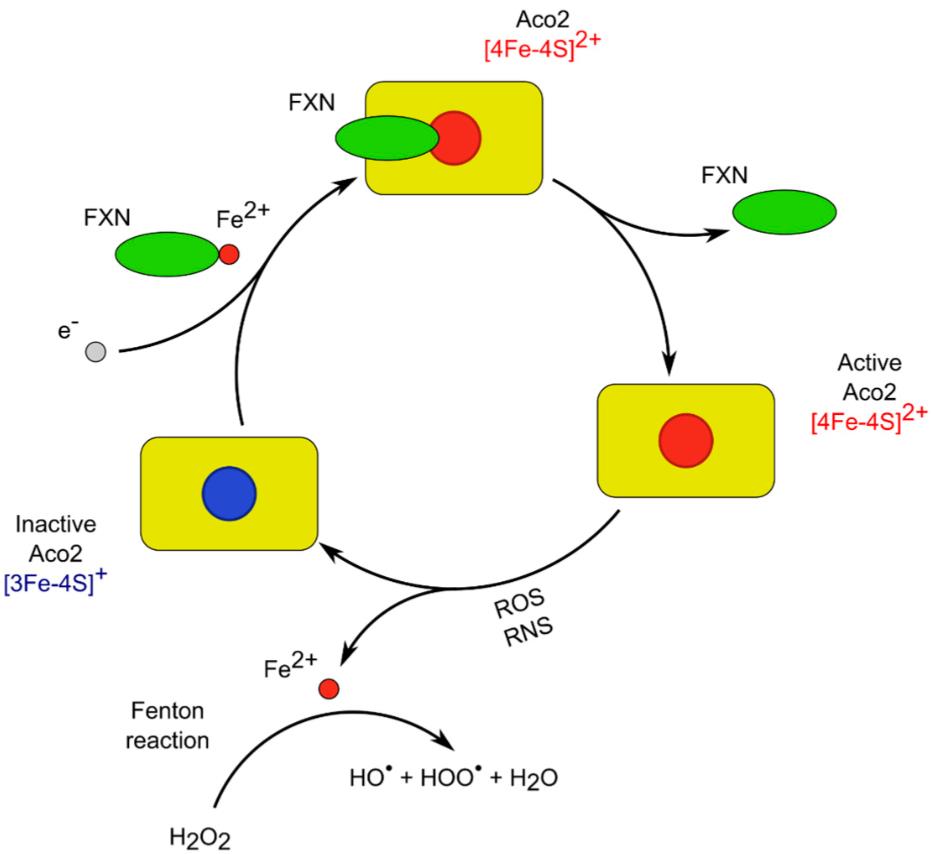
Fig1. Maintenance of the balance between an active and an inactive Aco2. (Volodymyr Padalko, 2024)
Not For Human Consumption!
Inquiry
- Reviews
- Q&As
Ask a Question for All ACO2 Products
Required fields are marked with *
My Review for All ACO2 Products
Required fields are marked with *
Inquiry Basket


